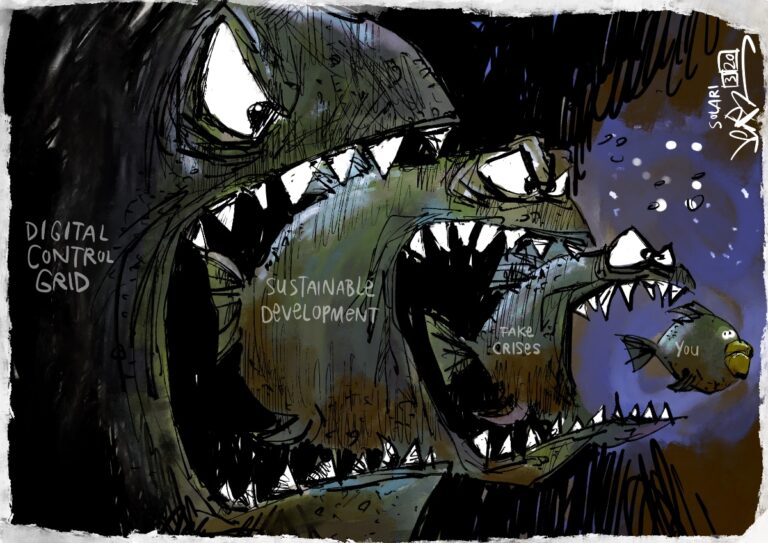The internal combustion engine, also known as an ICE, was invented in the 19th century. It’s a type of engine where fuel and air are mixed together inside the engine and then ignited.
This process, called combustion, creates a lot of energy that’s used to move the engine’s parts, and in turn, whatever the engine is connected to, such as a car.
Many inventors played roles in creating this engine, but the most famous are probably Nikolaus Otto, who made the first practical four-stroke engine in 1876, and Rudolf Diesel, who invented the diesel engine in 1892.
This invention was a game-changer.
Before the ICE, humans relied on horses or manual labour to move things around. But with this new engine, machines could do the hard work instead.
Cars, lorries, and buses – even aeroplanes and ships – all could be powered by this engine.
It meant that people could travel faster and further, and goods could be transported much more efficiently. This greatly sped up the pace of life and work, transforming our cities and industries.
The ICE has been pivotal in the growth of the global economy.
With it, goods from one part of the world can be shipped to another quickly and relatively cheaply, creating international trade on a scale never before possible.
This has helped to raise living standards around the world.
The United Nations, however, wants to halt all of this, under its Sustainable Development agenda, and it wants to do it by 2030 (which the World Economic Forum refers to as Agenda 2030).




